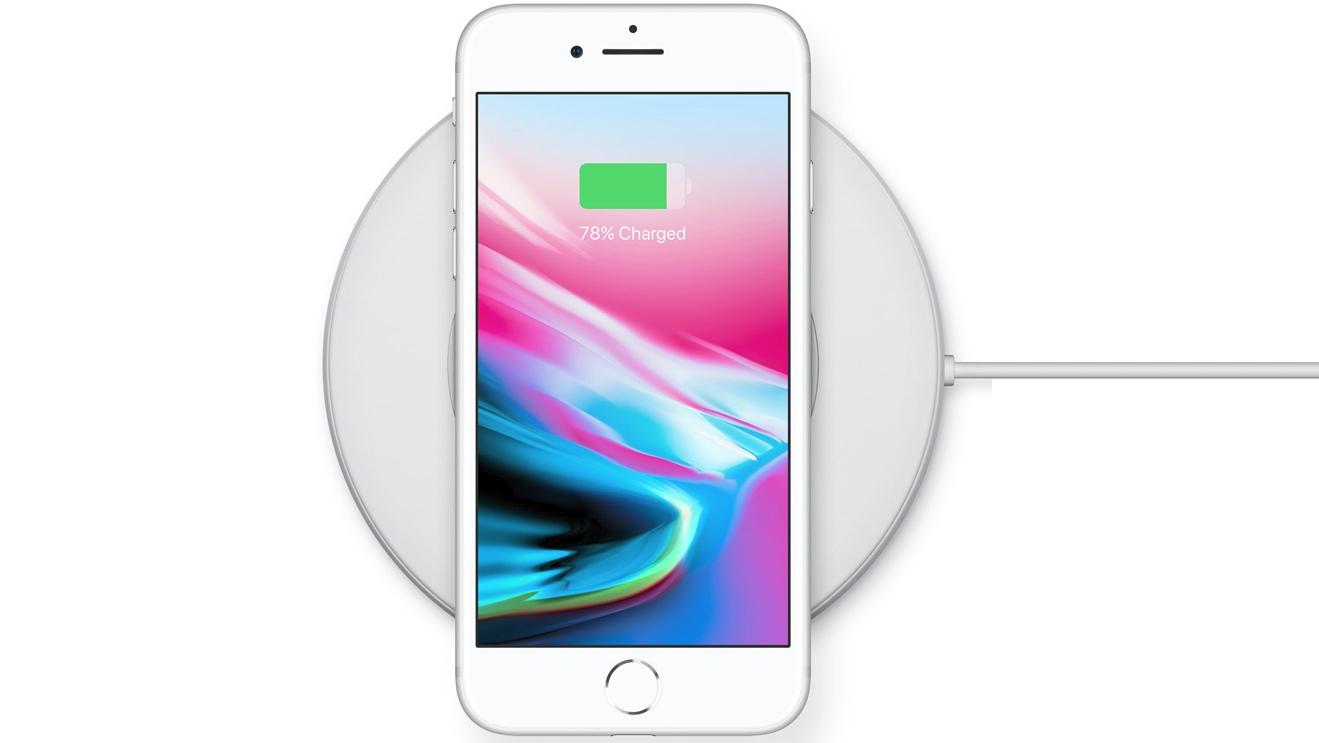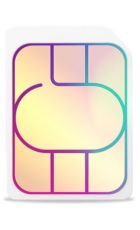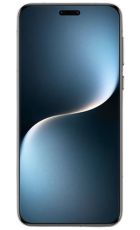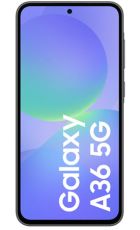If you’re in the market for a new iPhone you’ve never had more choice. Two new models are now available in the form of the iPhone 8 and the iPhone 8 Plus, while a third – the iPhone X – will be launching soon.
Of the three, the iPhone 8 is the smallest and cheapest, but the most recognisably a successor to the flagship iPhone 7.
With its familiar design and feature set it’s sure to appeal to millions of Apple fans, but is it enough of an upgrade? And is it worth your hard-earned cash? Read on to find out.
Screen

The iPhone 8 has a 4.7-inch 750 x 1334 IPS LCD screen with a pixel density of 326 pixels per inch. That’s essentially identical to the screen on the iPhone 7, and while it can’t match the Super Retina screen on the iPhone X, it is still a Retina display, meaning it’s sharp and high quality.
And there are some improvements, as the iPhone 8 sports a True Tone display, meaning it can automatically adjust the white balance so you always get the optimum viewing experience.
It’s a good, if not class-leading screen, with accurate colours and good contrast. The small size is also sure to appeal to anyone who wants a compact phone.
Design

There’s not much visibly different in the design of the iPhone 8 compared to the last few Apple handsets, with the phone sporting a compact, slightly curved body with big bezels above and below the screen, the latter housing a circular home button and fingerprint scanner.
But there is a big change in the materials used, as the back is now glass rather than metal. This makes it a bit shinier, changes the feel in the hand, and more importantly allows for wireless charging. There’s still a metal frame though, and the overall look and feel is one of a premium handset.
The iPhone 8 comes in at 138.4 x 67.3 x 7.3mm and 148g, so it’s small and light, especially for a flagship phone, and it’s available in Silver, Gold and Space Grey.
It’s also IP67 certified water and dust resistant, meaning it can be dunked up to 1 metre deep in water for up to 30 minutes. Realistically you probably won’t do that, but it’s nice to know it can survive the rain or a spill.
We’d have liked to see more change in what’s now a quite tired design, but for that you’ll have to buy the pricier iPhone X. Still, the iPhone 8 is a good looking and well-built phone.
Power
There’s plenty of power in the iPhone 8, as while it hasn’t had a RAM upgrade (packing 2GB like its predecessor) it does have a brand-new and exceedingly speedy hexa-core A11 Bionic chipset.
In practice it’s hard to really feel this thing’s power, since while the iPhone 8 is perfectly smooth and fast, so for the most part are the iPhone 7 and iPhone 7 Plus.
Still, this thing has stormed ahead on benchmarks, suggesting there’s power to spare and that the iPhone 8 is likely to be one of the speediest phones around for quite a while.
It runs iOS 11, which is the latest version of Apple’s mobile operating system and comes with a number of improvements, such as a customisable Control Centre.
It’s not a game changer, but it is a thoughtful update to what’s already one of the best operating systems around.
Camera

The iPhone 8 has only had a slight camera improvement, but it’s building on what was already one of the better smartphone snappers.
It’s a 12MP single-lens camera with an f/1.8 aperture. That’s a reasonably large lens opening, but beaten by the likes of the Samsung Galaxy S8.
The camera also benefits from optical image stabilisation to keep shots steady and a quad-LED flash to brighten up dark scenes.
The interface is simple and easy to use with great results, so you really can just point and tap, though the flipside to this is you have less manual control than on some cameras.
There are a number of returning modes and features though, such as Live Photos, which record a brief video alongside your image.
And the video camera has seen some improvements, as it can now record in 4K at up to 60fps and in slow-motion 1080p at up to 240fps, so your videos will be smoother than ever.
There’s also a 7MP camera on the front of the iPhone 8. Again, this is similar to what we’ve seen before from Apple but it’s reasonable quality.
Features
There’s not much in the way of new features on the iPhone 8. In a sense that’s its biggest problem – it’s a very similar phone to the iPhone 7. It does retain all that phone’s features though, including a Touch ID fingerprint scanner. The biggest new feature is probably wireless charging, which we’ll cover below.
Battery life, memory and connectivity
The iPhone 8 has an 1812mAh battery, which is very much on the small side for a phone. Now, this is also a very small handset, so that’s not as much of a problem as it might have been, but you’re still going to be charging this thing daily and may struggle to even get through until bedtime if you use it a lot.

Fortunately, the iPhone 8 has both wireless charging and fast charging, giving you plenty of options for powering up. Fast charging will get the phone from zero to 50% in just 30 minutes, while wireless charging is slower, but potentially more convenient – though you will need to invest in a wireless charger, as you don’t get one in the box.
Storage is generous at either 64GB or 256GB. The former should be enough for most people, the latter definitely will be, though you’ll have to pay more for it, with the price going from £699 to £849 for the larger size.
Connectivity options include Wi-Fi, 3G, 4G, NFC (though only for Apple Pay) and more interestingly Bluetooth 5.0. We’re starting to see this on a number of 2017 handsets, but it’s worth highlighting, as it’s much faster and longer range than previous versions of the technology, though to make the most of it you’ll need Bluetooth 5.0 accessories as well.
Verdict
The iPhone 8 is a great smartphone, as you’d expect, but it’s great in many of the same ways that the iPhone 7 is, and it’s not much of an improvement.
You get a faster chipset, though you’ll struggle to tell right now, and you get a tweaked design, wireless charging, a better video camera and a slightly improved screen. These are all good things, but they’re not substantial. It also can’t claim to be the best iPhone, since the iPhone X is sure to take that crown (though wait for our full review to be sure).
That leaves the iPhone 8 in an awkward middle ground, being more expensive than the iPhone 7 but hardly any better, and not Apple’s true flagship.
It is the best compact iPhone, and one of the best compact phones full stop, so if smaller is better for you then this comes highly recommended. For anyone else it’s a tougher sell, but ignoring the other options it’s still a great phone.
Dimensions (mm): 138.4 x 67.3 x 7.3
Weight (g): 148
Battery capacity (mAh): 1821
Colours: Silver, Gold, Space Grey
Screen size (inches): 4.7
Resolution: 750 x 1334
Pixels per inch (PPI): 326
Processor: Six-core
Processor make: Apple A11 Bionic
RAM: 2GB
Internal storage: 64GB, 256GB
Expandable storage up to (GB): N/A
Camera: 12MP (7MP front-facing)
Operating System: iOS 11









